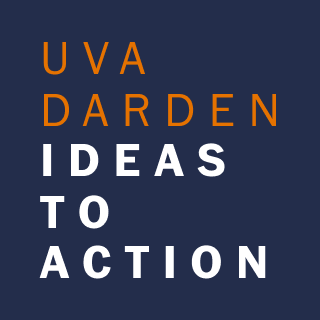

 Article
Article

 “Positive weird” needs to be another focus as we seek to understand how to create better organizations and communities that bring out the best in both marginal and dominant members.
“Positive weird” needs to be another focus as we seek to understand how to create better organizations and communities that bring out the best in both marginal and dominant members.

Insights from
The primary aim of D&I might be understood as bringing those people on the margin more toward the center of any organization. But what if that isn’t the best place to be for everyone?
What if the most generative space for both marginal and dominant people to come together is actually somewhere between the margin and the center, standing in a circle, speaking together in small pods or even dancing together? What can people in the center learn by allowing themselves to step out, toward the margin? And who might they encounter out there?
I wanted to explore the margin more deeply, looking at other types of people who inhabit that margin and what might be gained from finding something more akin to middle ground with these individuals. My colleagues and I began to talk to weird people.
“Weird” is an intentionally loaded term. We define it as that which is counter-normative relative to the context in which it is situated. Moreover, the word connotes an extreme degree of difference. Typically, weird people are interesting to be around. But they frequently generate aversive responses from those in the center, sometimes because they impede progress, diminish productivity and contribute to a climate that destroys, rather than creates, value. But too often, this destructive weird is confused with productive, generative, and what I think of as life-affirming weird. This “positive weird” needs to be another focus as we seek to understand how to create better organizations and communities that bring out the best in both marginal and dominant members.
Michelangelo, historians believe, had autism before that diagnosis was known, and he may have come off as simply “weird” to his peers. The artist exemplifies a critical lesson: Weirdness can look like a problem but, in fact, it’s quite often the solution.
The preceding is drawn from the white paper Diversity, Equity, Inclusion and 5 Things You Can Do to Normalize DEI in Your Organization. Please see How to Normalize DEI in Your Organization: Part 2 for more frameworks to normalize DEI in organizations.
Davidson is an expert on global leadership with an emphasis on how to manage diversity to generate superior performance — an approach he pioneered called Leveraging Difference. He wrote the book on diversity in business, The End of Diversity as We Know It: Why Diversity Efforts Fail and How Leveraging Difference Can Succeed. He’s experienced in helping senior leaders develop the skills they need to thrive in global environments.
Davidson consults with a host of Fortune 500 firms, government agencies and social profit organizations. He has served as chief diversity officer for the Darden School, and as the national chair of the Gender and Diversity in Organizations Division of the Academy of Management. Davidson writes a blog called “In My Opinion,” found at www.leveragingdifference.com.
A.B., Harvard College; Ph.D., Stanford University
Weirdness at Work: Diversity of Perspective
Share